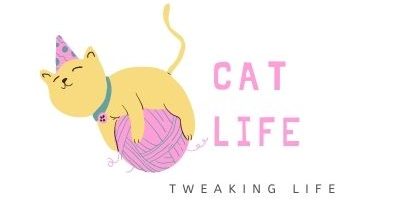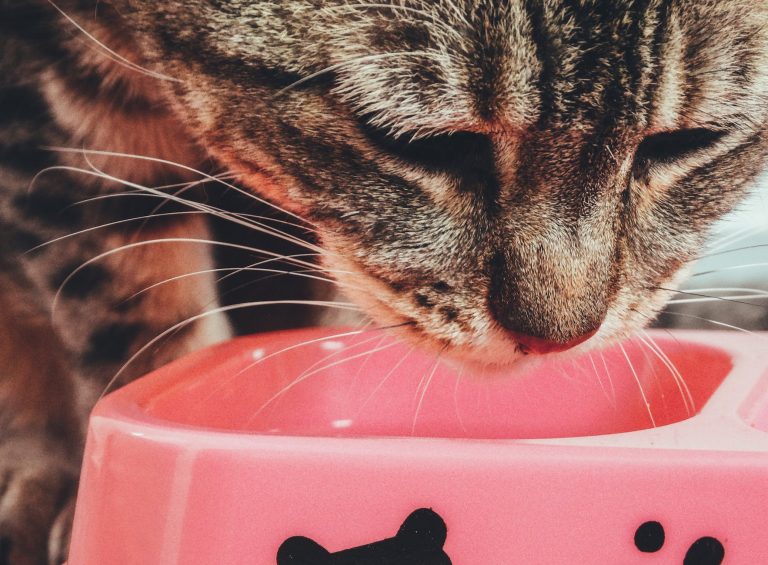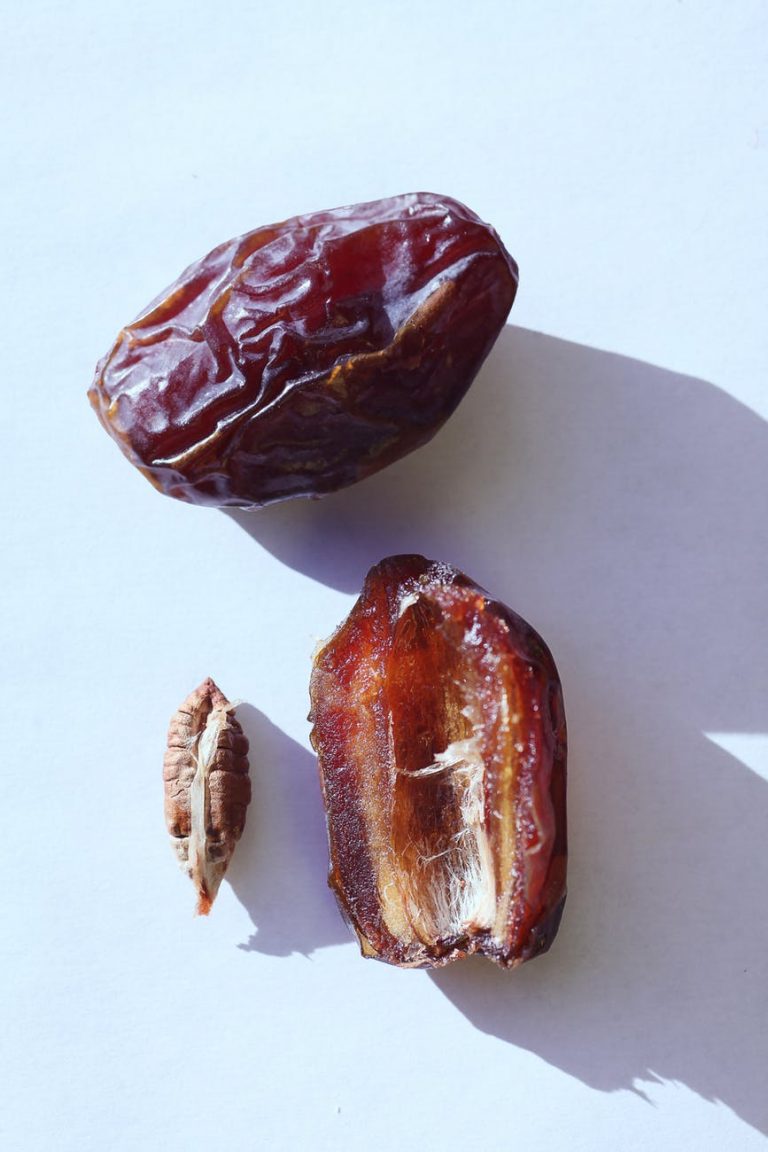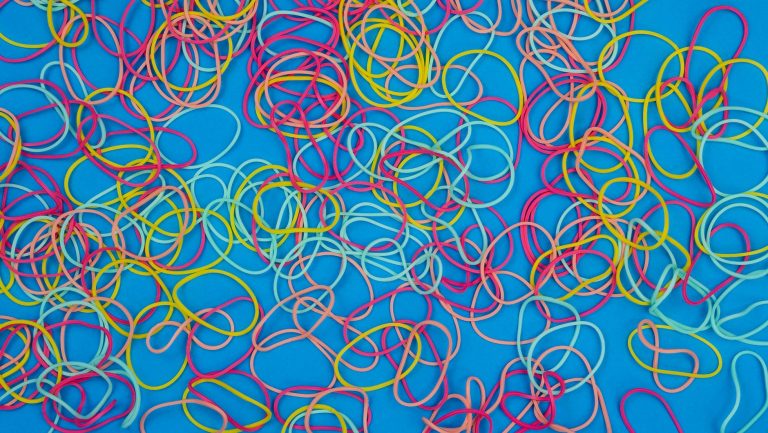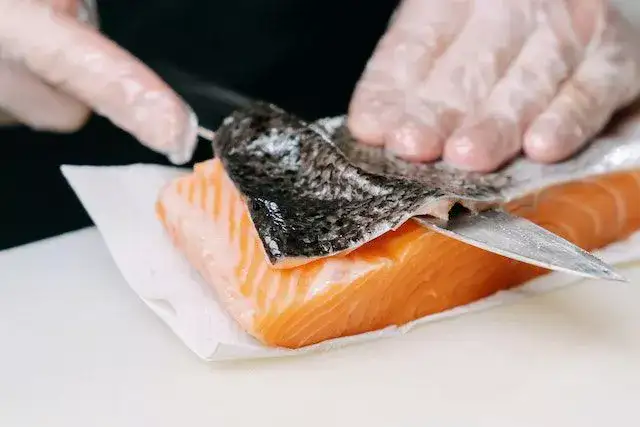How Much Water Should Cats Drink Per Day?
Cats are finicky water drinkers and I’m pretty sure I’m not the only cat purrent who struggles with their cat’s hydration. We’ve all been there, wondering if our cats are taking enough water and how much water should cats drink per day.
This blog post will discuss the amount of water cats need per day plus a guideline according to their weight, dehydration, and how to deal with it.
Key takeaway:
An average house cat should drink roughly between one cup and one and a half cups of water every day. If your cat is severely dehydrated, you need to rush them to the vet immediately.
For a mild and moderately dehydrated cat, you can manage the situation at home by providing water with electrolytes. However, the guidance of a vet is still required.
- How Much Water Should Cats Drink Per Day According to Their Weight?
- What Are the Potential Causes of Dehydration in Cats?
- What Are the Signs of Dehydration in Cats?
- Are There Any Health Risks Associated With Dehydration in Cats?
- What Types of Food Can Help Cats Stay Hydrated?
- How to Get Your Cat to Drink More
- How to Measure How Much Water My Cat Drinks
- FAQ
How Much Water Should Cats Drink Per Day According to Their Weight?
Cats typically need between 3.5 to 4.5 ounces of water per 5 pounds of their body weight every day. For a 10-pound cat, this would be around 7 to 9 ounces of water, or about 1.25 cups, each day.
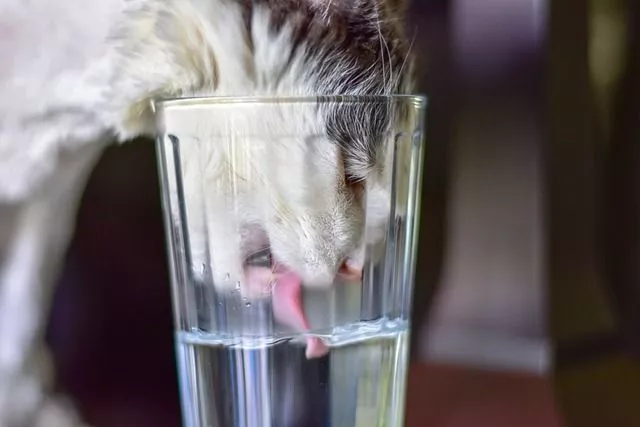
Factors like high temperatures, dry climates, physical activity, and medical conditions can increase this daily requirement.
In addition, wet food can provide some hydration, as it typically contains up to 80% water.
| Weight in Kgs | Weight in pounds | Amount of water In ml | Amount of water in ounces | Amount of water in cups |
| 10 | 22 | 700-900 | 23.6-30.4 | About 2 and 3/4 cups to 3 and 1/2 cups |
| 7 | 15.4 | 490-630 | 16.6 – 21.3 | about 2 to 2 and a half cups |
| 4.5 | 9.9 | 315-405 | 10.6-13.7 | about 1 and 1/4 to 1 and 1/2 cups |
| 2.5 | 5.5 | 175-225 | 5.9-7.6 | About 3/4 to 1 cup |
Note: The amount of water listed is an estimate and may vary based on factors such as the cat’s age, activity level, and diet. It’s important to monitor your cat’s water intake and consult with a veterinarian if you have concerns about their hydration.
What If Your Cat Doesn’t Drink Water but Eats Wet Food?
Cats that eat wet food require less water than those that are only taking dry food. Wet foods have an 80% moisture level compared to the 10% moisture level found in dry foods.

What Are the Potential Causes of Dehydration in Cats?
The potential causes of dehydration in cats can include:
- Not drinking enough water
- Excessive water loss
- Diabetes
- Diarrhea
- Fever
- Heatstroke
- Hot weather or overheating
- Trauma
- Vomiting
- Medications
- Nursing kittens
- Elderly cats with decreased mobility
- Severe heat
- Prolonged exposure to heat
- Physical activity
- Loss of appetite
- Lethargy and weakness
- Straining in the litter box

Underlying health issues that may also cause dehydration in cats include :
- Kidney disease
- Urinary tract infections (UTI)
- Cancer
- Diabetes
- Hyperthyroidism
What Are the Signs of Dehydration in Cats?
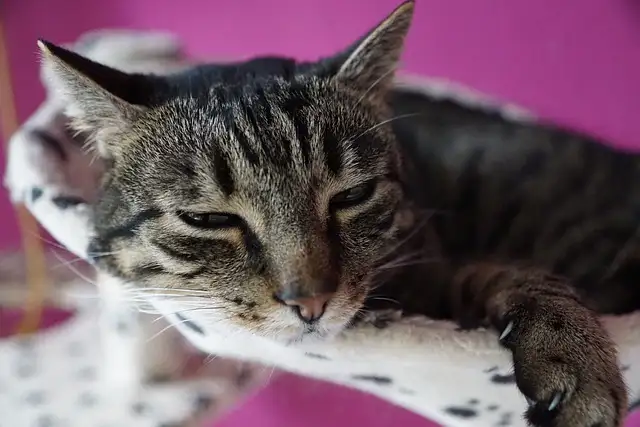
The signs of dehydration in cats can include:
- Heavy panting
- Loss of appetite
- Low energy
- Dry gums
- Increased skin tenting
- Sunken eyes
- Constipation
- Cats may appear anxious or stressed, or overheat easily.
To Test for Dehydration Do the Following:
- Pinch the skin between your cat’s shoulder blades to check for skin elasticity
- Press your finger gently into their gums to make sure they are moist and slick
- Check their eyes to see if they appear sunken or dull.
If any of these signs are present, schedule an appointment with your vet as soon as possible.
Make sure you take a urine sample to your vet within an hour of collection.
Alternatively, you can place it in the fridge and get it to your vet before 12 hours are over.
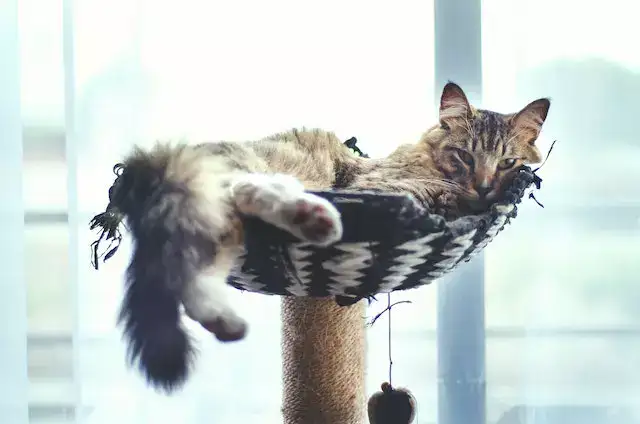
Degrees of Dehydration in Cats
There are four hydration levels in cats namely; euhydrated ( normal hydration), mild dehydration, moderate dehydration, and severe dehydration.
Mild dehydration is when a cat loses fluid that equates to 5% of their body weight. This is the first stage of dehydration and can easily be reverted when the cat takes in some water.
With moderate dehydration, the cat loses fluid equal that is equal to not more than 8% of their body weight.
When a cat is severely dehydrated, they need immediate attention and the vet is most likely going to admit them.
At this stage, a cat would have lost fluid that is greater than 10% of their body weight.
| Hydration level | Water loss | Symptoms |
| Euhydrated | 0% | Normal eye and skin elasticity |
| Mild dehydration | ~ 5 % | – Semi-dry mucous membranes (mouth and nose)- Minimal loss of skin elasticity- Normal eye- Loss of appetite |
| Moderate dehydration | ~8% | – Dry mucous membranes- Moderate loss of skin elasticity- Decreaded urination |
| Severe dehydration | >10% | – Extremely dry mucous membranes- Considerable loss of skin elasticity- Rapid heartbeat- Altered consciousness levels (may go into shock) |
Disclaimer:
The skin elasticity test is not always correct and can be misleading in the following instances:
- An obese cat
- An elderly cat

Treatment of Dehydration in Cats
Vets treat dehydration by restoring normal hydration in cats. They can do this by either intravenous (IV) or subcutaneous fluid therapy. The treatment method will depend on the dehydration level of the pet.
According to the World Small Animal Veterinary Association, IV fluid intake is mostly used for severely dehydrated pets because it’s quicker.
| Dehydration level | Treatment |
| Mild | – Offer fresh water frequently- Offer wet food- Add water to dry food |
| Moderate | – Offer water with added electrolytes (e.g. Pedialyte)- Subcutaneous or intravenous fluids administered by a veterinarian |
| Severe | – Immediate veterinary care with intravenous fluids and other supportive treatments |
Are There Any Health Risks Associated With Dehydration in Cats?
Yes, there are serious health risks associated with dehydration in cats. These include electrolyte imbalances, reduced blood and oxygen flow to organs, accumulation of toxins in the body, and even death.
In addition, inadequate water intake can also lead to:
- a lack of energy
- poor organ functioning
- poor skin health
- an increased risk for urethral obstruction in male cats.
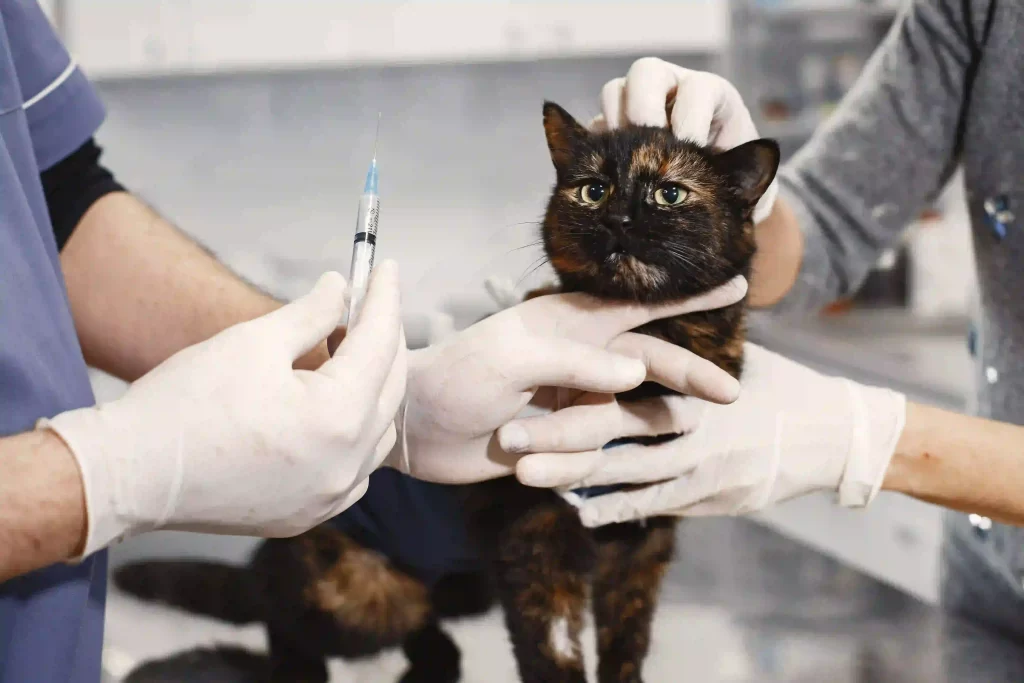
What Types of Food Can Help Cats Stay Hydrated?
Cats can stay hydrated by eating wet food, snacks, and some dry foods that have higher water content.
Wet food is especially beneficial as it contains between 70 and 80% water. Additionally, electrolyte supplements or meat-flavored water from a trusted pet food store can help keep your cat hydrated.
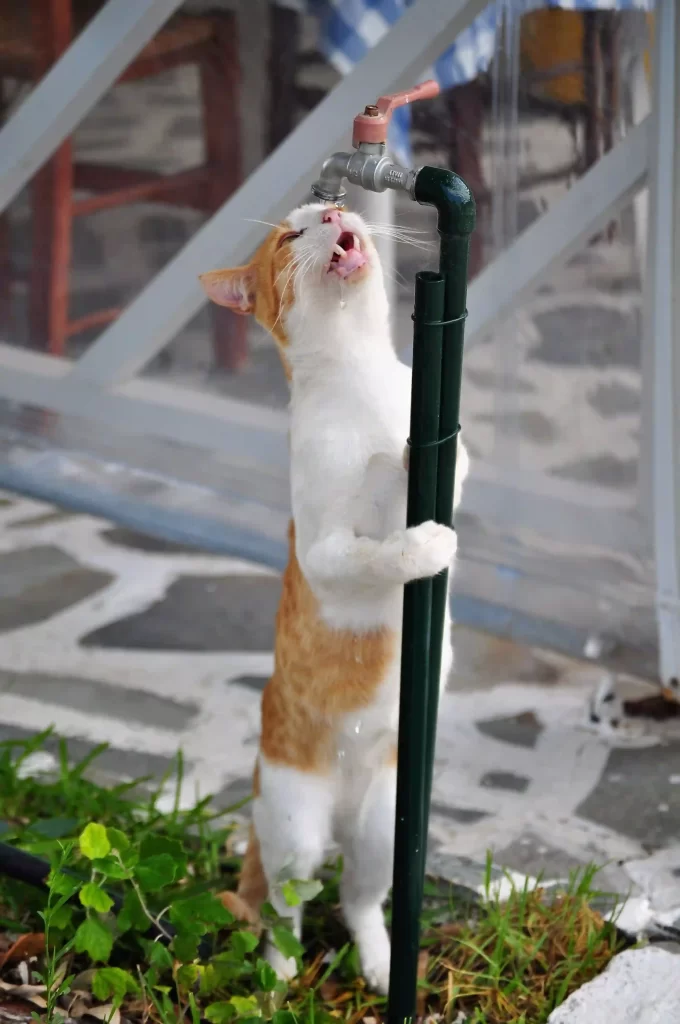
If your cat also hunts rodents, then their fluid intake will be accounted in their meals. Mice are 80% water and a great source of hydration for outdoor cats.
You can also incorporate fruits and vegetables to their diet as they have a high water content.
Not all fruits and vegetables are safe for cats and you have to be keen not to harm your catto. To explore more on this topic you can check out these lists of fruits felines can eat and vegetables safe for cats.

How to Get Your Cat to Drink More
To encourage their hydration, you can start by placing their water bowl away from their food bowls. Kittos simply don’t like it when their two bowls are next to each other.
I’ve prepared a cool article on this explaining why kittos will choose water bowls located far away from their feeding area. You can check it out on reasons cats don’t like water near their food.
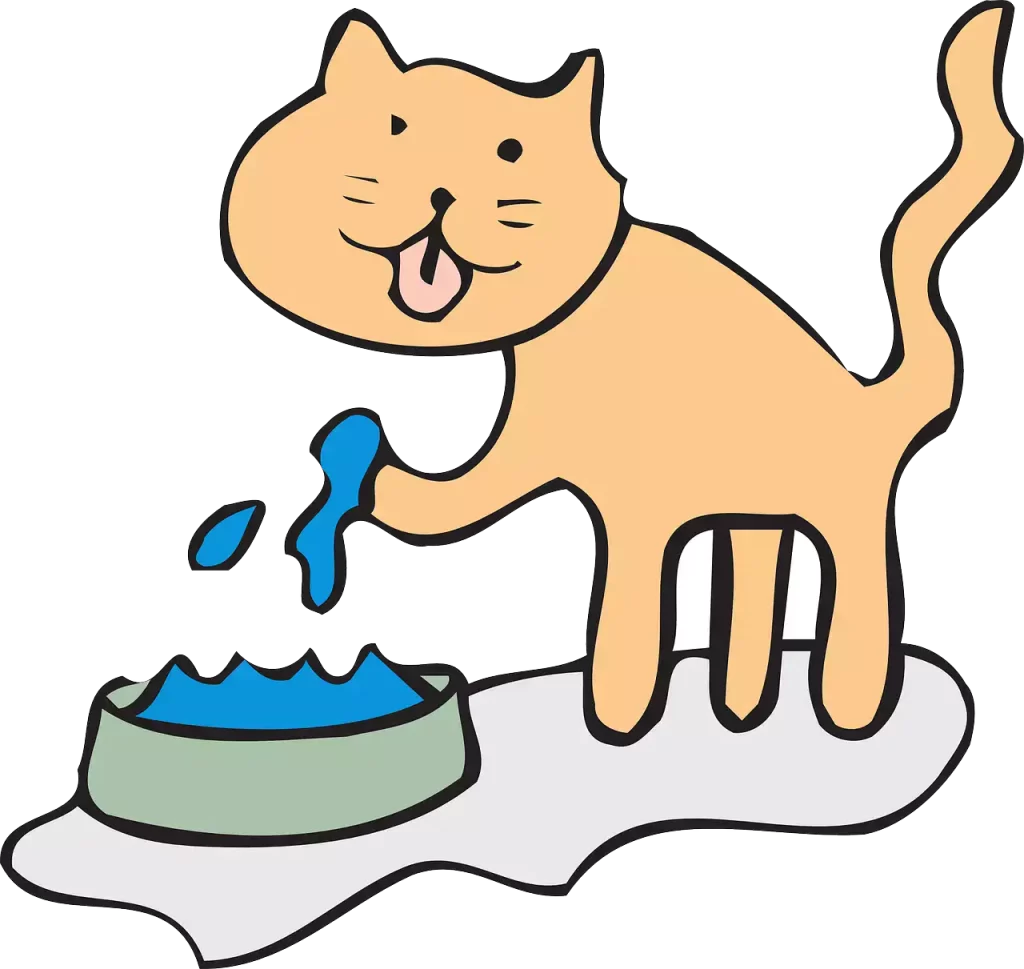
Additionally, you can also change the water’s temperature. Just like humans cats have their own preferences.
While some prefer their water chilled, others like my Chacha like their fluids to be lukewarm. You just have to find out what your kitto loves.
Can Milk Help Hydrate a Cat?
A lactose-free milk can help in hydrating a cat. However, normal milk would cause more problems as most cats are lactose intolerant. You can opt for other plant-based milk types like almond milk.
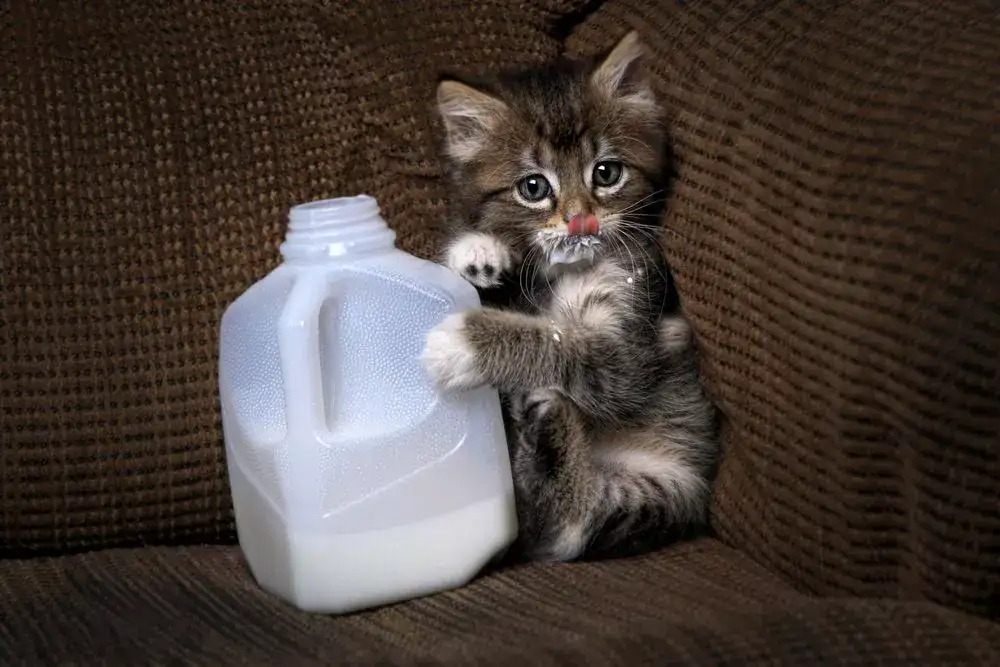
Can I Syringe Water to My Cat?
Absolutely! If your cat is sick and is having problems drinking water by themselves, then by all means use a syringe. Fluid intake is very important to maintain hydration levels.
Here are some tips to help you:
- Fill a syringe with some water.
- Gently place the tip of the syringe into the side of your cat’s mouth, behind their canine teeth.
- Slowly depress the plunger to release a small amount of water into your cat’s mouth.
- Allow your cat to swallow before administering more water.
- Continue to offer small amounts of water every hour until your cat is adequately hydrated.
If you still have some difficulty giving your catto water through a syringe, then visit your vet for them to be admitted.

How Much Water to Syringe Feed My Cat?
It’s generally recommended to syringe feed your cat small amounts of water at a time, such as 5 to 10 ml (about 1 to 2 teaspoons) every hour. Be careful not to accidentally give your cat too much water in the process.
(Use the guidelines above in table 1 to help you determine how much water your cat needs.)
How Can I Hydrate My Cat Fast?
If your cat is a chronic dehydrated it is understandable that you’d want to encourage them to up their fluid intake. Cats are fussy water drinkers and they can sometimes prove to be a hard nut to crack.
The easiest way to quickly hydrate your cat would be by using a syringe to give them water. If they are severely dehydrated, you need to rush them to the vet for some IV treatments.
Can I Force My Cat to Drink Water?
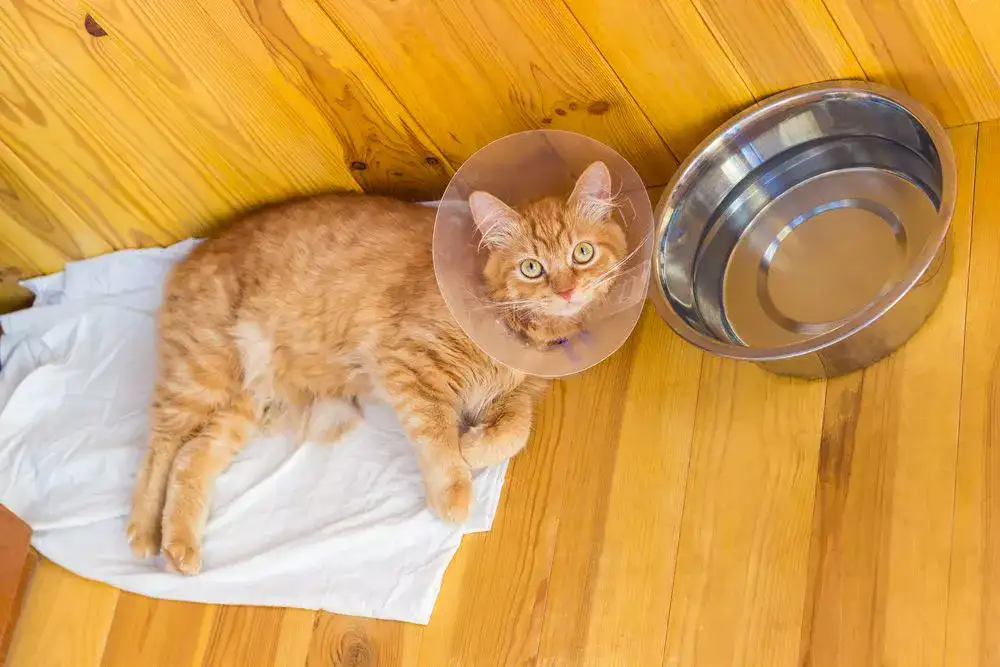
You should never force your cat to drink water. Instead, you can encourage them to up their fluid intake to prevent dehydration. You need to first understand why your cat will not take water.
Is the water bowl near their litter box? Is the water bowl too narrow?
Understanding this will help you better help your cat with their hydration. To find out more ways to encourage your cat’s fluid intake, check out this post on tips and tricks to encourage your cat to drink more water.
How to Measure How Much Water My Cat Drinks

Knowing how much water your cat is taking is very important while monitoring their health. The best way to do this would be by using cups or ounces. Measure how much water you put in their bowl and how much is remaining at the end of the day.
Don’t bother trying to watch them drink. If your cat is anything like mine, you’ll only see them maybe once or twice. As a kid, I would have sworn on my life that cats don’t drink water because I had never seen ours.
However, now as a cat purrent, I can confidently confirm cats do drink and need water. If I come home and the water bowl is empty it simply means she drank all her water.
FAQ
How Many Times a Day Should a Cat Drink Water?
On average, cats will drink water ten to twelve (10-12) times in a day. This can be through directly drinking water or through the food they take. If your cat eats wet food, this will be a huge source of hydration for them.
How Long Can Cats Go Without Drinking Water?
Cats can go up to three days without drinking any water. However, after a whole day without any fluid intake, dehydration will start setting in.
If the cat doesn’t hydrate then internal organs experience more strain and stress. This goes on until the cat dies a slow painful death.
How to Get a Sick Cat to Drink Water?
If your cat is sick and is unable to drink water, you can use a syringe. Additionally, you can motivate them by spicing up their water. For example, if they like tuna, then add some tuna juice to their water.
Do Cats Drink a Lot of Water?
Cats, by nature, tend not to drink a lot of water. They have inherited this trait from their ancestors who used to live in desert-like conditions with very limited water sources.
Their bodies can comfortably adapt to less fluid intake which then leads to very concentrated urine. This may in the long run lead your kitto to be prone to urinary tract infections (UTI) and kidney problems.
It’s always better to err on the safe side and encourage our cattos to take more water.
Is My Cat Drinking Too Much Water?

If your cat is suddenly taking a lot of water (more than 40 ml per body weight in pounds), for more than two days, then it’s time to visit the vet.
If the increased thirst is only for a day or two, then it’s probably a response to other factors like hot temperatures outside.
Observe your kitto for the following symptoms:
- Increased appetite
- Decreased energy levels and activity
- Decreased weight
How Can I Tell If a Cat Is Dehydrated?
Step-by-Step Instructions for Determining Dehydration in Cats:
- Look for signs of heavy breathing: If your cat is panting with their mouth open, this can be a sign of dehydration. It is rare for cats to pant, so it is a cause for concern if they do. It could be a sign of anxiety, stress, or heat exhaustion. Place a bowl of water in front of them and observe if they drink it.
- Monitor appetite: A sudden lack of appetite in cats can be the result of dehydration. If your cat is not eating as much as usual, make sure to make water readily available to them. If they refuse to eat for more than 24 hours, you should contact your vet. Additionally, monitoring their daily water intake is a good way of catching any problems early.
- Observe energy levels: Lethargic cats and those that have lost interest in their surroundings could be suffering from dehydration. If your cat is suddenly moving strangely, such as losing balance, this could be a sign of dehydration.
- Check skin elasticity: Pinch the skin between your cat’s shoulder blades and observe if it snaps back to normal in a couple of seconds or if it stays in the same position. If the latter, this could be a sign of severe dehydration.
- Check their gums and eyes: Touch your cat’s gums to see if they are dry and sticky, as this could be a sign of dehydration. Additionally, slightly sunken or dull eyes can also be a sign of dehydration.
What Are Some Signs That a Cat Is Getting Enough Water?

Signs that a cat is getting enough water include:
- Drinking from its water bowl more often,
- Having an empty water bowl
- Having a normal energy level
- A good appetite
- Having moist and shiny gums
- No panting or breathing heavily
- No changes in behavior or appetite
- Having no signs of sickness such as vomiting or diarrhea, and skin that snaps back into place quickly when lifted.
